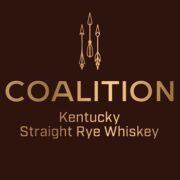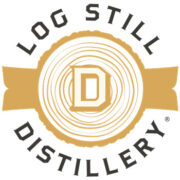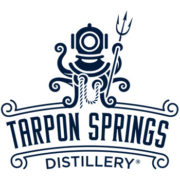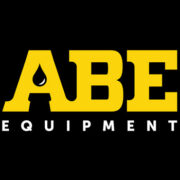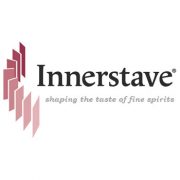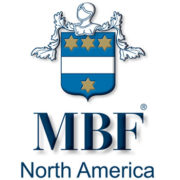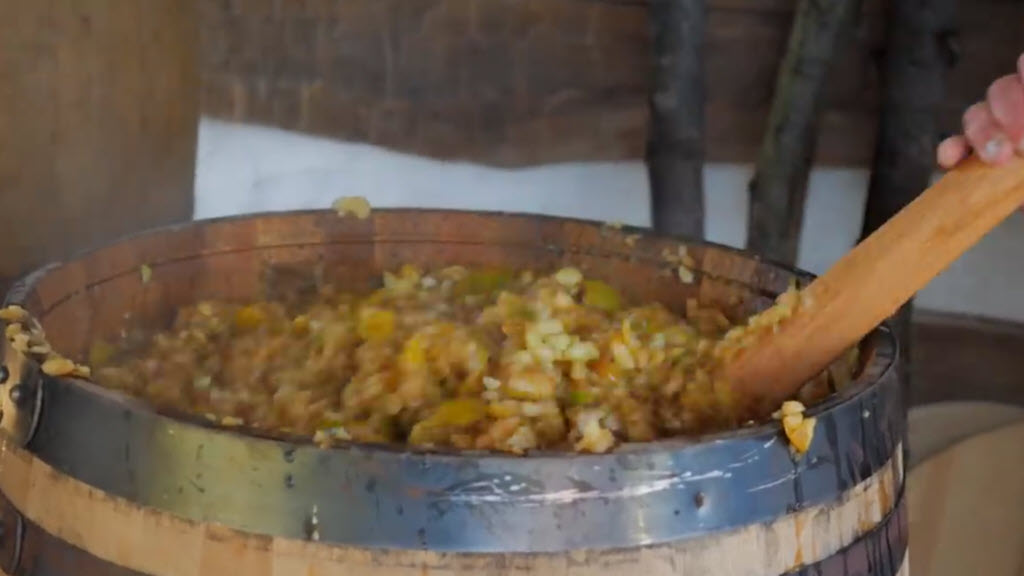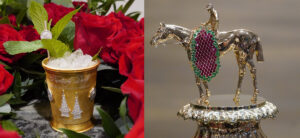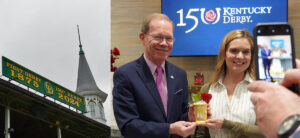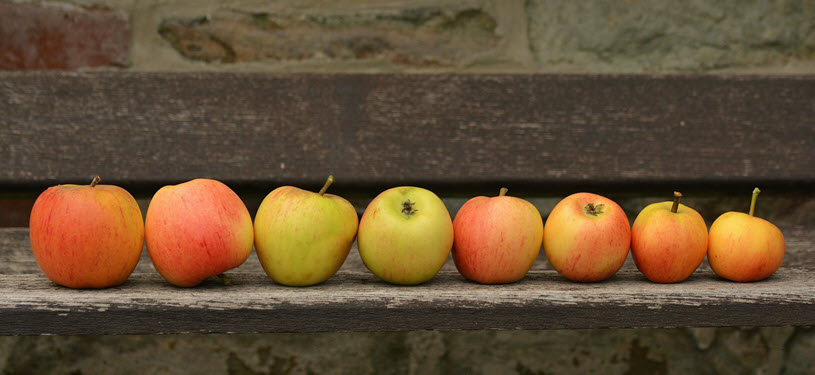
There’s a definition for Kentucky Bourbon, Missouri Bourbon, Empire Rye and a proposed definition for American Single Malt Whiskey but how about Indiana Brandy? All of these definitions started somewhere and Alan Bishop Master Distiller at Spirits of French Lick in French Lick, Indiana, thinks it’s time for an Indiana definition for what is a historically derived recipe for brandy – Hoosier Brandy.
Alan is a southern Indiana Farmer-Distiller with a wide variety of interests including independent seed breeding, historical re-enactments, a researcher of distillery history and a distiller. Below are his thoughts on getting the conversation started for Hoosier Brandy.
The Growth of Brandy in the United States
Before we get into the proposal, let’s take a look at the growth of brandy over the last two decades. The most recent data from the Distilled Spirits Council shows that in 2018, 14.8 million 9-liter cases of Brandy/Cognac were sold in the U.S., generating $2.7 billion for distillers. Since 2002, total Brandy/Cognac volumes are up 53%, with the Super Premium category up a whopping 478%.
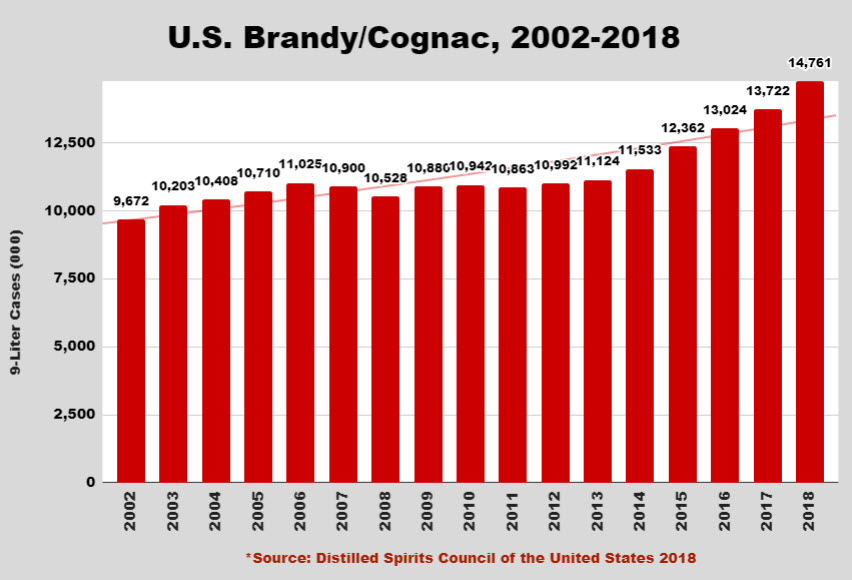
Stay Informed: Sign up here for the Distillery Trail free email newsletter and be the first to get all the latest news, trends, job listings and events in your inbox.
Hoosier Apple Brandy Certification Proposal
Indiana has a long history with the production of seasonal farm-distiller produced apple brandy from the pre-Prohibition era. In fact the state was once the largest producer of apple brandy globally. With the rise in craft spirits distilleries in the state it becomes more important than ever that we as distillers secure our distilling legacy and future by creating a cooperative “mark” and set of identity standards based on historic production protocol in order to create a category of spirit that is distinctly and completely representative of our distilling heritage and prowess. Creating this category also gives rise to the opportunity for existing farmers and aspiring farmers to diversify and introduce much needed horticultural diversity into the state.
This is a rough draft that I created on my own sitting on my porch. I hope to work with other interested Indiana distillers to further refine, edit, and subsequently create an independent and voluntary logo and certification for said category similar in nature to New York States Empire Rye Designation.
Hoosier Apple Brandy Requirements
- Adulteration: Nothing but pure Indiana water may be added to the spirit post distillation. No coloring agents, sweeteners or ageing alternatives (Bois, oak chips, or spirals) may be used
- Maturation Statement: No minimum age statement is required. Spirit may be aged or unaged as both forms remained historically popular up to prohibition.
- Cask Type: No casks smaller than the historically appropriate 30 gallon. None larger than 68 gallon hogshead. Construction of oak species of producers preference. Re-charred or re-toasted barrels or dry barrels from Indiana only beer, wine, spirits, or syrup producers may be used.
- Distillation Location: Must be fermented and distilled in the state of Indiana by a licensed distillery. Product of one distiller (who must reside in state), in one distillery, in a single year (between Jan. 1 and December 31’st).
- Method of Distillation: Must be distilled via pot still or three chamber still as was the Historical method. Still may make use of retorts, thump barrels, doublers, or forced reflux mechanisms (dephlegmator). Continuous columns are disallowed as they are non-reflective of the traditional apple brandy production practices of the state of Indiana.
- Proof: Average proof of hearts collected not to exceed 170 proof. No lower than 100 proof.
- Raw Materials: A 10 year grace period shall be adopted for sourcing apples from within the state as the historic orchards were destroyed by Prohibition, this will hopefully spur the planting of new trees within the state.
- Source: Juice/Fruit may be sourced from any state contiguous of Indiana to maintain regionality and terroir. After ten years 50% of all fruit must come from within the state of Indiana. Apples of all types are allowed but must be a blend of no less than three types if sourced from out of state. Single varietal apple brandy may only use the Hoosier Apple Brandy designation if the fruit is sourced entirely within the state of Indiana.
- Fermentation: Fermented material can be from juice or fruit mash. Mash can be strained of solids if desired. Any water additions to fermenting materials must come from an Indiana water source.
- Fruit Per Gallon: No less than 1.5 lbs fruit per gallon may be used. Note: 1.5 was chosen because it was the lowest common Historical precedent.
- Chaptalization: Wine or mash may be chaptalized to no more than 1.075 Specific Gravity or 18.5 Brix
- Yeast: Must be sourced within Indiana to promote regionality and terroir. It can include natural yeast on fruit or strain originating out of state but maintained and propagated by the distiller.
- Ageing/Maturation: Must be 100% aged in Indiana. No finishing is allowed.
- Bottling: Must be bottled exclusively by and for the distillery who fermented, distilled and matured the apple brandy.
- Estate Brandy: To be called “Estate” Hoosier Apple Brandy the fruit must be sourced 100% from a farm associated with or owned by the distillery or an employee thereof.
- Hoosier Blend: To be called a Blended Hoosier Apple Brandy and to encourage collaborative efforts each Independent component of the blend must meet the standards set out above. Bottling requirement of participating collaborators is waved and bottling happens at one of the distilleries involved in the project.
This is an early draft to get the conversation started. I will be uploading some definitions, history and explanations/thoughts on individual sections soon.
Thoughts/Comments? Please direct your comments below or send them directly to Alan Bishop at BishopsHomegrown@gmail.com
Stay tuned, this should be fun and get plenty of reactions.
Please help to support Distillery Trail. Sign up for our Newsletter, like us on Facebook and follow us on Twitter.


